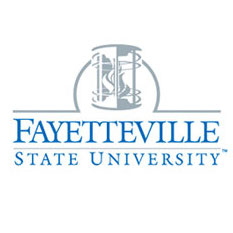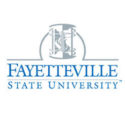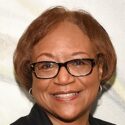 A new report from the Brookings Institution finds that colleges and universities where Blacks make up a majority of the student body have shown a great deal of success in graduating students who go on improve their socioeconomic standing. These majority Black schools include some – but not all – historically Black colleges and universities and other colleges and universities – predominantly in urban areas who enroll large numbers of Black students but were established after the civil right era and therefore do not qualify for HBCU status.
A new report from the Brookings Institution finds that colleges and universities where Blacks make up a majority of the student body have shown a great deal of success in graduating students who go on improve their socioeconomic standing. These majority Black schools include some – but not all – historically Black colleges and universities and other colleges and universities – predominantly in urban areas who enroll large numbers of Black students but were established after the civil right era and therefore do not qualify for HBCU status.
The research examined the socioeconomic status of entering students at these colleges and universities and then compared that to the proportion of this predominantly low-income group who make it into a higher income quintile as adults. The authors’ formula takes into account both how many low-income students a college enrolls, and how those low-income students fare in terms of economic mobility.
The results found that on average 16.1 percent of students from the lowest income quintile at majority Black institutions end up in the third income quintile or higher, compared to 5.9 percent of low–income students at majority White colleges.
The report offers several possible explanations for why majority Black institutions do well in preparing their students for success:
-
- Culturally relevant, accessible, and available campus resources.
- A friendly and supportive environment for Black students.
- Increased likelihood of faculty and staff of color.
- Within-race social capital.
The authors conclude: “If we are serious about reducing inequality and advancing mobility for Black people, a key place to intervene is at college. We have the opportunity to learn from majority-Black institutions, including HBCUs, about how to tailor resources, and encourage safe and welcoming campus environments to improve mobility and hopefully reduce the disparity in intergenerational mobility by race.”
The full report, “College for People Like Me: How Majority-Black Campuses Boost Social Mobility,” can be found here.













Here’s an excellent example of redundant research in which these findings and outcomes have been known since the creation of HBCUs. These findings may be filling a knowledge gap for those who work at HWCUs (Historically White Colleges and Universities), White Think Tanks, etc. Let’s be honest, what research gap is this study actually filling? On another note, if someone conducted a study on the lack of intellectual and phenotype diversity at Brookings one would be duly surprised because it would fill both a research and knowledge gap in the overall operational and functionality at Brookings.